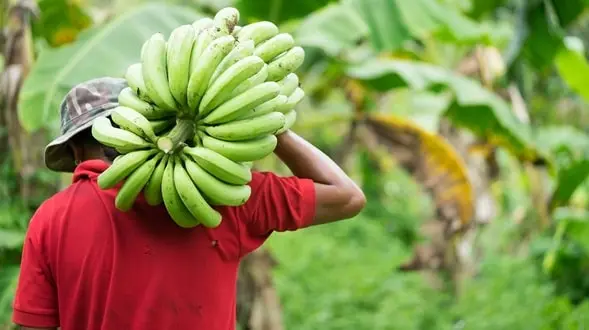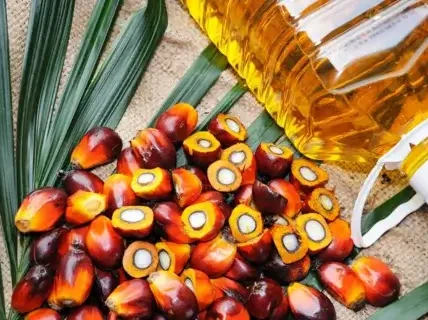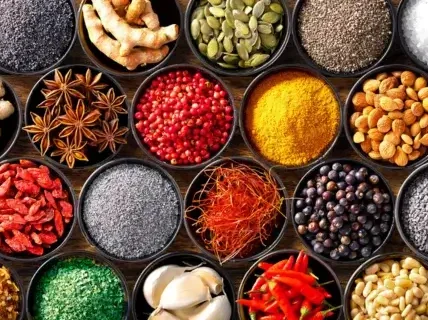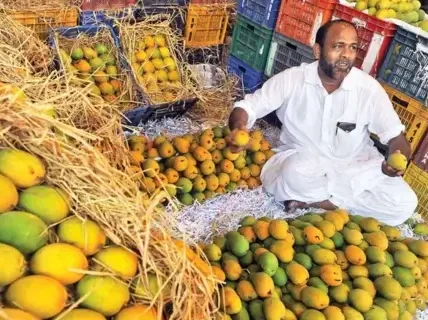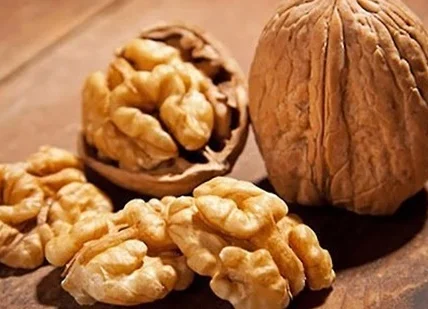Alright, let’s talk bananas, shall we? I mean, who doesn’t love this amazingly popular fruit, right? But hey, did you know, technically speaking, a banana isn’t really a fruit? Surprise, surprise! It’s actually a berry, yeah, that’s right. See, bananas are part of the Fleshy Fruit gang, so we all just casually call them fruits. Maybe you’re into bananas for their easy, sweet taste or as a healthy munching option. Or perhaps it’s the bunch of health benefits they bring to the table that has caught your fancy. But, have you ever caught yourself wondering about where all these bananas come from? Like, which corner of the world or which country is producing bananas like there’s no tomorrow? Sure, India tops the charts as the biggest banana producer globally, but who else is playing in this banana production game though? Well, that’s exactly what we’re diving into today. We’re all set to peel back the layers on the top 10 largest producers of bananas in the world as of 2025. So, let’s peel away and jump right in!
1. India
So yeah, topping our list, we’ve got India, ranking as the undisputed champion in banana production, with a jaw-dropping annual yield of about 30.5 million tons. Now, you might be wondering, what’s the secret behind such a massive number, right? Well, it’s a mix of things. India’s got this whole range of climatic conditions, thanks to its huge geographical spread, making it just the perfect spot for growing bananas. You’ll find these bananas thriving in both the tropical and subtropical parts of the country. Plus, let’s not forget, bananas are a big deal in the Indian diet, keeping the demand always up there, you know?
2. China
Now, coming in at second place, we have China, with an impressive annual production hovering around 12.0 million tons. Why is China so high up on this list, you ask? It’s all thanks to their vast stretches of agricultural land and a climate that’s just right, especially down in the southern provinces. They’ve really upped their game with modern farming methods and focusing on those high-yield banana varieties. And here’s a fun fact, you see, next time you’re munching on a banana, there’s a pretty good chance it’s made its way from one of China’s sprawling banana plantations.
3. Indonesia
Alright, grabbing the third spot is Indonesia, chalking up a solid 7.3 million tons in banana production. This country’s like a natural paradise for bananas, all thanks to its tropical climate. We’re talking about consistent warm temperatures, plenty of rain, just what the banana plants need, you know? Indonesian farmers are making the most of this, and given Indonesia’s vast archipelago, there’s a whole range of microclimates, meaning a whole bunch of different bananas. It’s not just about the quantity here, Indonesia’s adding some serious variety to the world’s banana table.
4. Brazil
Now, talking about Brazil, it’s sitting pretty at the fourth spot with a whopping 6.8 million tons in banana production. But hey, there’s more to Brazil’s story than just big numbers you know? This country is like a giant playground for banana cultivation, thanks to its massive land area and a mix of climates that pretty much say ‘bananas all year around. Brazilian farmers? They’ve got this game down to an art, focusing on sustainable and efficient ways to use every bit of that land. And it’s not just about growing bananas, you see, Brazilians love eating them too, and the export scene? Absolutely top-notch! That’s why Brazil’s banana game is flying high.
5. Ecuador
Alright, let’s move on to Ecuador. Size-wise, it might not match up to some of the big players in banana production, but hold on, because it still belts out an impressive 6.6 million tons of bananas every year. Talk about punching above your weight! Ecuador’s got these coastal areas that are just perfect for banana trees. Plus, they’ve built up this super solid export infrastructure. When you see bananas chilling in supermarkets across the globe, there’s a good chance they’re from Ecuador. It just goes to show, right? Even the smaller players can make a massive splash with the right focus and investment in agriculture.
6. The Philippines
Now, let’s take a trip to The Philippines. With 6.0 million tons of bananas a year, they’re definitely not playing around in the banana league. The Philippines has this tropical vibe going on, loads of rain, warm weather, basically, banana paradise. Filipino farmers have been in the banana game for ages, and they’ve got exporting down to a science, especially in Asia. So, next time you’re peeling a banana in Asia, chances are it’s got ‘Made in The Philippines’ written all over it, pun intended though. Their dedication to quality and being perfectly placed on the map makes them a big shot in the banana world.
7. Guatemala
Now, here’s a bit of a surprise for you, Guatemala, right? Producing a whopping 4.3 million tons of bananas annually, it’s really making a mark in the banana scene globally, despite its not-so-large size. But you see, Guatemala’s got a trick up its sleeve, you see, its climate and soil are just perfect for bananas. They’ve gone all-in on exports, pouring money into both infrastructure and tech. This smart move has let them play big in the global banana game. And if you’re in North America, chances are the bananas you’re munching on are from Guatemala, thanks to their sharp export strategies.
8. Angola
Alright, let’s talk about Angola, which is churning out 4.0 million tons of bananas and has comfortably landed in the top ten. This is huge, considering the country’s journey from conflict to a thriving agricultural hub. The government’s push to mix things up economically has really turned the tables, with bananas emerging as a star performer. Angola’s blessed with the kind of climate that bananas just love, and there’s so much land there waiting to be used. With ongoing improvements in farming infrastructure, don’t be surprised if Angola climbs even higher in the banana league in the coming years or so.
9. Tanzania
Now, if you are talking about bananas, you just can’t leave out Tanzania, right? With a whopping production of 3.4 million tons, Tanzania is stepping up big time in the banana game. What’s interesting here is the variety, because the country’s got all these different climate zones, making it perfect for growing all sorts of banana types. And yeah, these bananas are not just for the folks at home; they’re hitting the international shelves too. But hey, there’s been a bunch of new farming techniques and better supply chain stuff going on, and that’s boosting their production like crazy.
10. Colombia
Alright, closing off our top ten, we’ve got Colombia, coming in with an annual production of 2.9 million tons of bananas. This place is like banana heaven, thanks to its perfect tropical climate and super-rich soil. Bananas and Colombia go way back, and they’ve really nailed this whole export business. You’ll find Colombian bananas chilling in grocery stores all over the world, and here’s the thing though, they’re big on sustainable and socially responsible farming. That’s right, they’re not just growing bananas; they’re growing them the right way, and that’s what makes Colombian bananas a big hit internationally.
Conclusion
That’s pretty much it. So yeah, next time you are peeling that sweet banana, just bought from the local store, remember, that might have come from one of these countries, directly to your hands. Well, not directly, but you get the point, right?
Banana Production FAQs
Q1. What are the main types of bananas produced?
Ans: The most common type of banana produced for export is the Cavendish variety, which is favored for its durability in transportation and longer shelf life. Other varieties like Plantain, Red, and Burro bananas are also widely cultivated but are often consumed locally or regionally.
Q2. How are bananas grown?
Ans: Bananas are grown in tropical and subtropical climates as they require warm temperatures and ample moisture. They are cultivated from bulb-like structures called rhizomes, rather than seeds. Each plant typically produces a single bunch of bananas before dying back, and new shoots will grow from the base to produce fruit in subsequent seasons.
Q3. What are the challenges faced in banana production?
Ans: Banana production faces several challenges, including disease pressure such as Panama disease (Tropical Race 4) and Black Sigatoka, climate change impacts, and the need for significant labor. Additionally, the reliance on a few genetic varieties, particularly the Cavendish, makes the crop susceptible to widespread disease outbreaks.
Q4. Are bananas genetically modified?
Ans: As of now, most commercially sold bananas, specifically the Cavendish variety, are not genetically modified. However, researchers are exploring genetic modification as a potential solution to combat devastating diseases like the Panama disease.
Q5. What trends are affecting banana production?
Ans: Recent trends include a shift towards more sustainable and organic banana farming practices, diversification of cultivated varieties for export, and increased concerns about the labor rights of workers in banana plantations.

Brandon is the cheif editor and writer at WorldUnfolds.com. With a passion for storytelling and a keen editorial eye, he crafts engaging content that captivates and enlightens readers worldwide.

